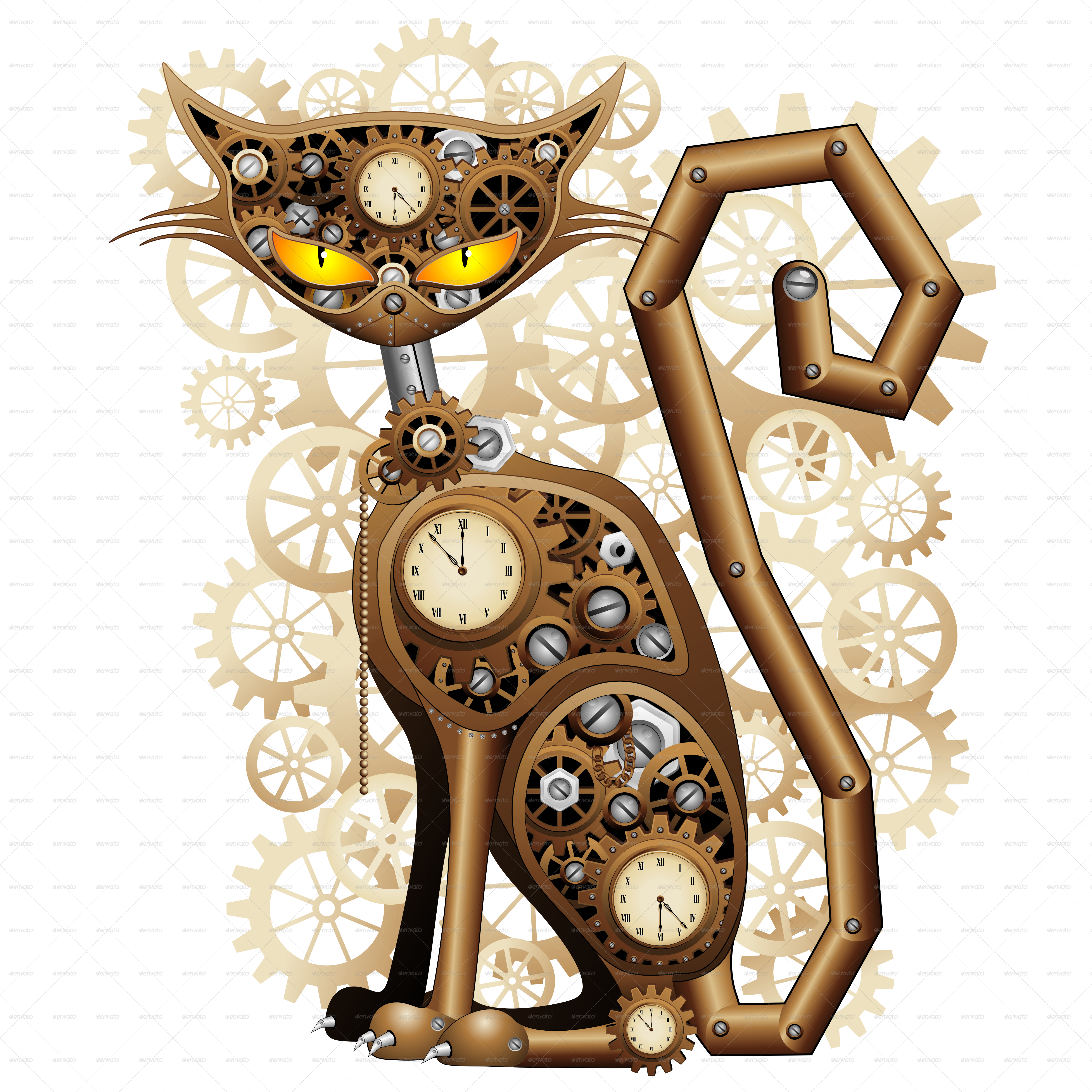inherit
249206
0
Oct 5, 2017 20:31:17 GMT -8
papermarlo
3
September 2017
papermarlo
|
Post by papermarlo on Sept 19, 2017 18:13:19 GMT -8
I may attempt to make it on my own, but I would like to see a plugin that could display the phases of the moon based on the date OR maybe phases on a cycle up to the user. Example for the latter: have the eight basic phases and have the choice to cycle through those day by day (aka eight day cycle), or any other day cycle.
It would probably need to be an object like the random weather generator, I can't think of anywhere else it could be placed.
We want to use it for werewolves and other werekin in a rp forum.
|
|
inherit
249206
0
Oct 5, 2017 20:31:17 GMT -8
papermarlo
3
September 2017
papermarlo
|
Post by papermarlo on Sept 23, 2017 23:34:14 GMT -8
I'm considering using the weather generator to cycle through phases randomly. While not what I want, that may just have to do for now
|
|
inherit
229600
0
Sept 7, 2022 11:09:51 GMT -8
Ben Goodman
96
February 2016
benhun
|
Post by Ben Goodman on Sept 24, 2017 3:23:58 GMT -8
Hello papermarloIt was requested here: support.proboards.com/thread/619471/plug-moon-phase?page=1&scrollTo=6965375Hi pagan65 ! No plugin required. This is what you are looking for: link. Just tested it on my board, and it seems to work. Grab the main script, and one of the rest from below. You can always customize them. This is the required code: <div id="ex1"></div>
<div id="ex2"></div>
<div id="ex3"></div>
<script type="text/javascript">
function load_moon_phases(obj){
var gets=[]
for (var i in obj){
gets.push(i+"="+encodeURIComponent(obj[i]))
}
var xmlhttp = new XMLHttpRequest()
var url = "http://www.icalendar37.net/lunar/api/?"+gets.join("&")
xmlhttp.onreadystatechange = function() {
if (xmlhttp.readyState == 4 && xmlhttp.status == 200) {
var moon = JSON.parse(xmlhttp.responseText)
example_1(moon)
example_2(moon)
example_3(moon)
}
}
xmlhttp.open("GET", url, true)
xmlhttp.send()
}
document.addEventListener("DOMContentLoaded", function() {
var configMoon = {
lang :'en', // 'ca' 'de' 'en' 'es' 'fr' 'it' 'pt' 'ru' 'zh' (*)
month :new Date().getMonth() + 1, // 1 - 12
year :new Date().getFullYear(),
size :50, //pixels
lightColor :"#FFFF88", //CSS color
shadeColor :"#111111", //CSS color
sizeQuarter :20, //pixels
texturize :false //true - false
}
configMoon.LDZ=new Date(configMoon.year,configMoon.month-1,1)/1000
load_moon_phases(configMoon)
})
</script>
And this is the one I tested with: <script type="text/javascript">
function example_1(moon){
var day = new Date().getDate()
var dayWeek=moon.phase[day].dayWeek
var html="<div class='moon'>"
html+="<div>"+moon.nameDay[dayWeek]+"</div>"
html+="<div>"+ day + " " + moon.monthName + " "+moon.year+"</div>"
html+=moon.phase[day].svg
html+="<div>"+moon.phase[day].phaseName + " "+ Math.round(moon.phase[day].lighting)+"%</div>"
html+="</div>"
document.getElementById("ex1").innerHTML=html
}
</script>As the page says, you can apply some CSS aswell: .moon{
background-color:#666666;
display:inline-block;
padding:10px 20px;
color:#FFFFFF;
margin:1px;
}Here is a moon calendar so you can check if the data is accurate: linkHope it helps.  |
|
inherit
249206
0
Oct 5, 2017 20:31:17 GMT -8
papermarlo
3
September 2017
papermarlo
|
Post by papermarlo on Sept 24, 2017 15:27:57 GMT -8
This is perfect! Thank you!
|
|




